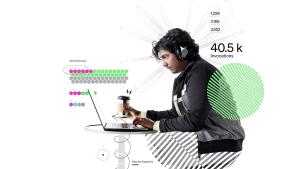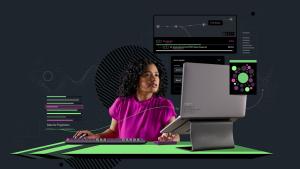The Difference Between Tracing, Tracing, and Tracing: Defining and Addressing the Challenges of Distributed Tracing (APAC)

Distributed tracing, open tracing, transaction tracing. ”Tracing” is an incredibly complex subject and, depending on context, can refer to entirely different things—so what do we mean when we talk about “tracing”?
Erika Arnold, lead architect for New Relic’s distributed tracing project, gives us a deeper look into how her team tackled these complexities while planning for the next generation of tracing at New Relic: an initiative that spanned our entire engineering organisation—from eleven language agents to New Relic’s data ingest tier, through processing and storage to frontend UIs.
This technical webinar explores:
- The three primary use cases for tracing: analysing, describing and recording transactions—and how our distributed tracing has been designed to support each
- The challenges of tracking complete end-to-end traces in a distributed environment—and why (and how) we partnered with standards groups to address them
- How our distributed tracing is designed to make trace data meaningful by separating signal from noise
Event speakers
Erika Arnold
Principle Software Engineer, New Relic

Erika is a software engineer and architect for New Relic’s APM language agents (her favorite is definitely the Go agent) and distributed tracing. The coolest part of her job is helping customers monitor and solve problems in all the varied systems and runtimes they’re using.


